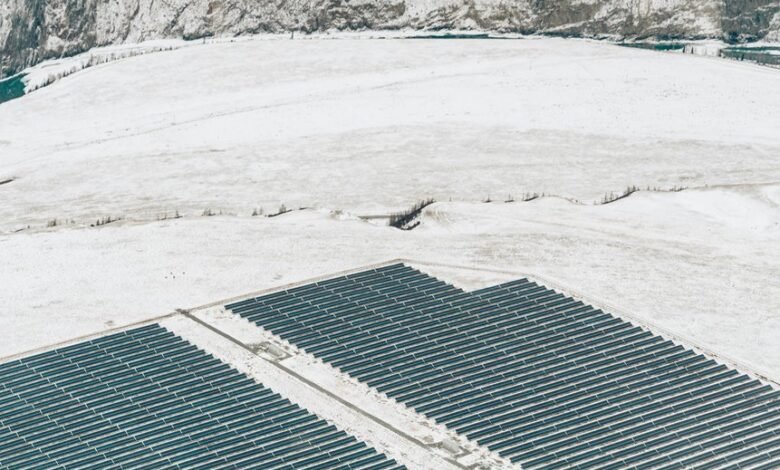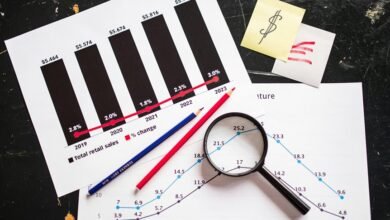7312462014 The Future of Green Energy Investments

The trajectory of green energy investments is increasingly influenced by technological advancements and evolving policy frameworks. Innovations such as improved energy storage and autonomous grid management are reshaping market dynamics. Concurrently, regulatory incentives and carbon markets are altering investment incentives, while emerging risks threaten sector stability. Understanding these interconnected factors is essential for assessing future opportunities and challenges within sustainable energy markets. The implications of these developments warrant a comprehensive analysis of ongoing trends and strategic responses.
Technological Innovations Shaping the Future of Green Energy
What technological advancements are most influential in shaping the future of green energy? Innovations in solar storage systems enhance energy reliability, while advancements in wind turbines improve efficiency and scalability. These technologies enable autonomous energy management, reducing dependence on traditional grids.
Such innovations foster decentralized energy independence, empowering individuals and communities to harness renewable sources with greater control and flexibility.
Policy and Regulatory Changes Driving Investment Trends
Policy and regulatory frameworks are increasingly shaping investment trajectories within the green energy sector, complementing technological advancements. Incentive programs and carbon credit markets are pivotal, incentivizing capital flow and innovation.
Governments’ strategic deployment of incentives and the integration of carbon credits create market signals that drive private investment, fostering an environment conducive to sustainable growth and energy independence.
Emerging Risks and Opportunities in Sustainable Energy Markets
Emerging risks and opportunities in sustainable energy markets reflect a complex interplay of technological, economic, and geopolitical factors that influence investment stability and growth potential.
Carbon pricing mechanisms can enhance market signals, but supply chain vulnerabilities threaten project timelines.
Strategic adaptation to these dynamics offers pathways for investors seeking resilience and freedom in the evolving green economy.
Conclusion
Technological advancements and supportive policy frameworks are poised to significantly accelerate green energy investments. Notably, global renewable energy capacity is projected to grow at a compound annual rate of over 8% through 2030, underscoring robust market momentum. However, supply chain vulnerabilities and geopolitical risks necessitate strategic resilience. As technological innovation and policy support converge, the green energy sector presents substantial opportunities for sustainable growth, emphasizing the importance of adaptive strategies to capitalize on emerging market dynamics.



